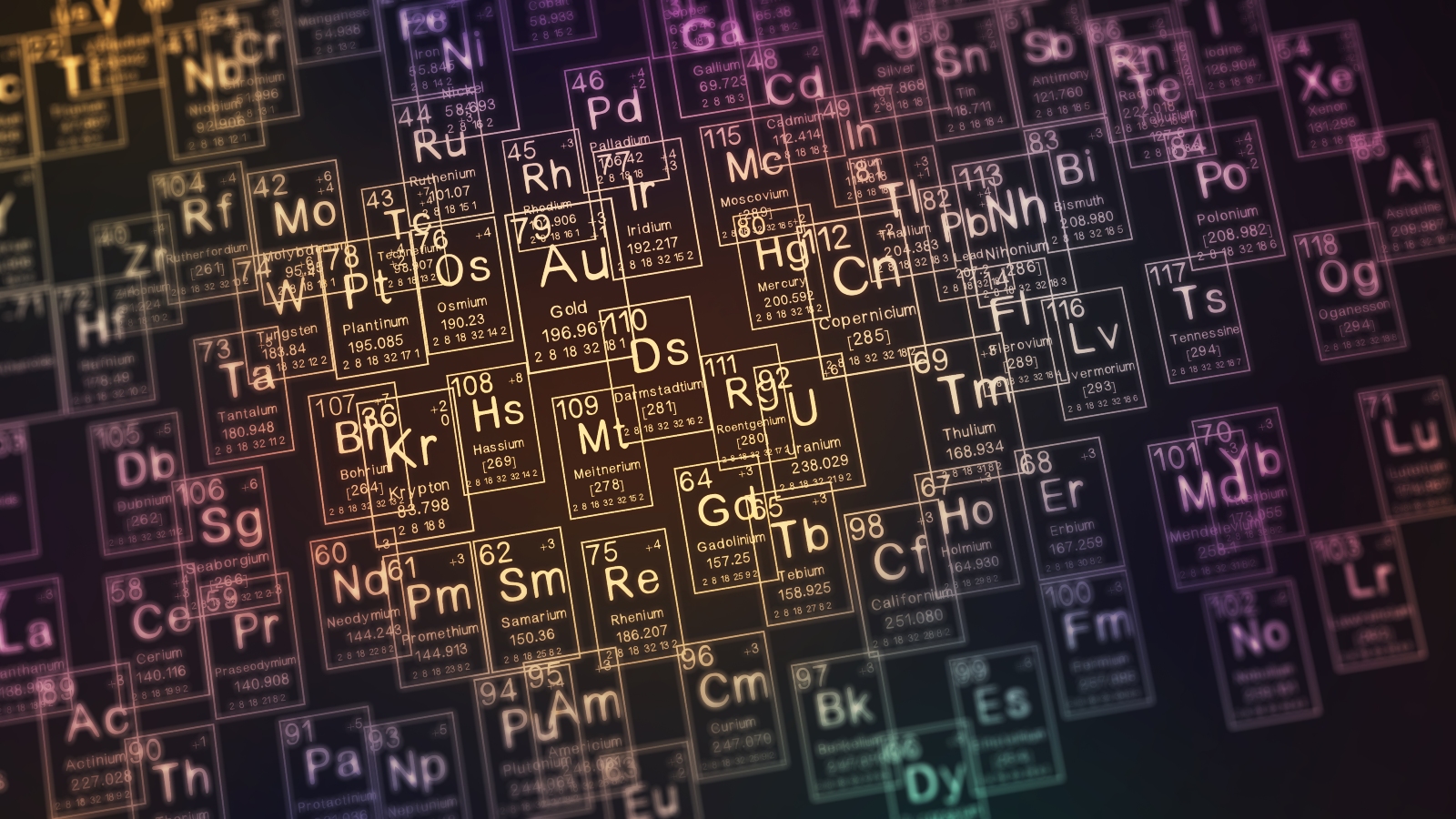Diagnostics, Vol. 13, Pages 2103: Pulmonary Nodules in Juvenile Systemic Sclerosis: A Case-Series from the National Registry for Childhood Onset Scleroderma (NRCOS)
Diagnostics doi: 10.3390/diagnostics13122103
Authors: Jonathan C. Li Sameh Tadros Franziska Rosser Kathryn S. Torok
Background: Juvenile systemic sclerosis (jSSc) is a systemic inflammatory and fibrotic autoimmune disease. Adult guidelines recommend obtaining a screening high-resolution computed tomography scan (CT) at diagnosis. As these recommendations are adopted as standard of care for jSSc, increased screening with CT may lead to increased detection of nodules. The implications of nodules identified in jSSc are unclear and unreported. Methods: A retrospective chart review was performed on the prospectively enrolled National Registry for Childhood-Onset Scleroderma (NRCOS) cohort over an enrollment period of 20 years. Clinical associations with presence of nodules and nodule characteristics were investigated. Results: In this jSSc cohort, the prevalence of pulmonary nodules was 31% (n = 17 of 54). Nodule characteristics were heterogeneous, and most displayed stability over time. More participants with nodules had structural esophageal abnormalities, restriction, and reduced diffusing capacity on lung function tests, and follow-up imaging. Most participants had multiple nodules, and although most nodules were <5 mm, most participants had at least one nodule >5 mm. Conclusions: Pulmonary nodules are seen in children with jSSc and may be related to more severe disease and/or esophageal dysfunction. More work is needed to provide guidance on radiologic follow-up and clinical management of pulmonary nodules in jSSc.

 1 year ago
32
1 year ago
32

